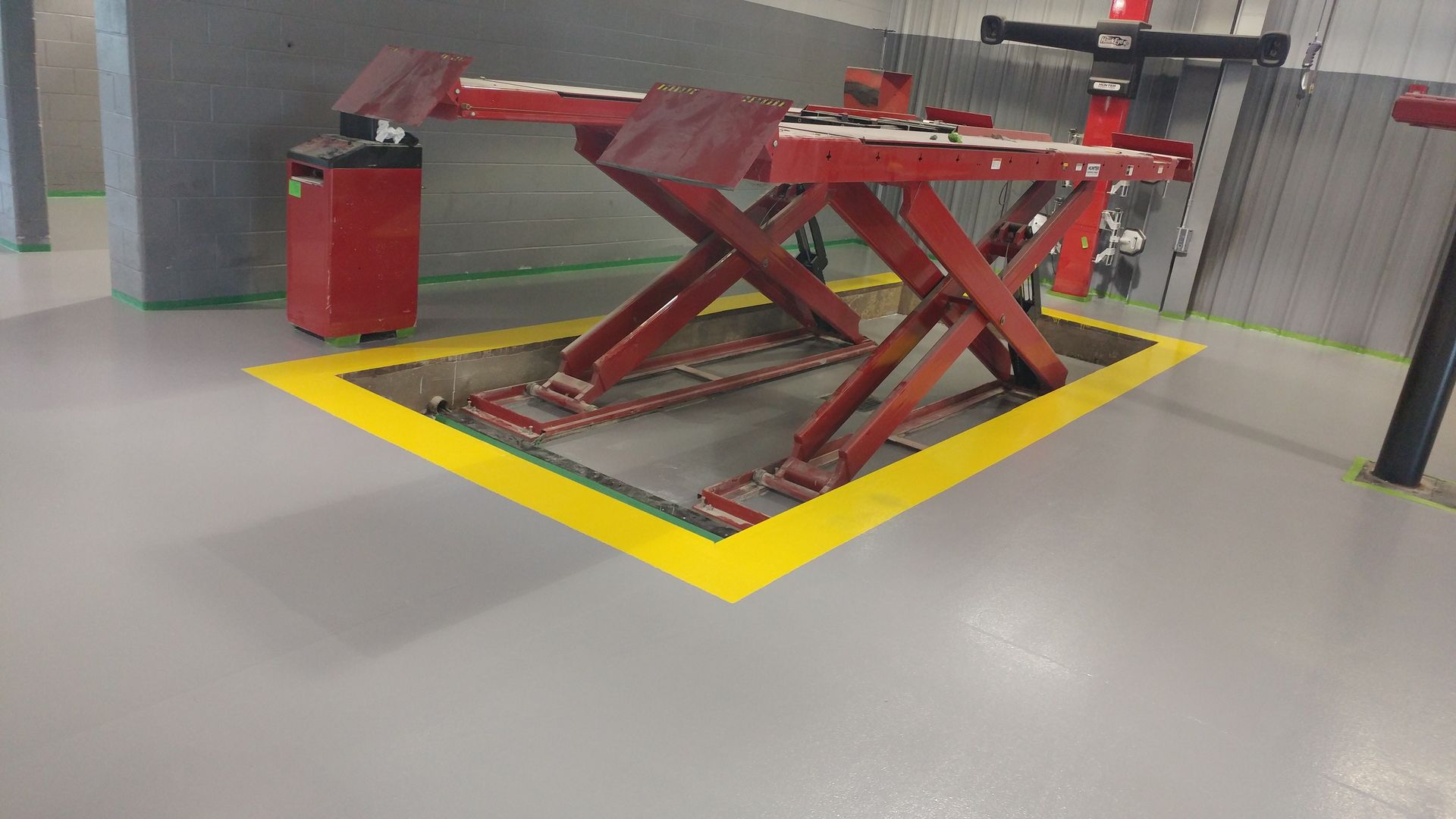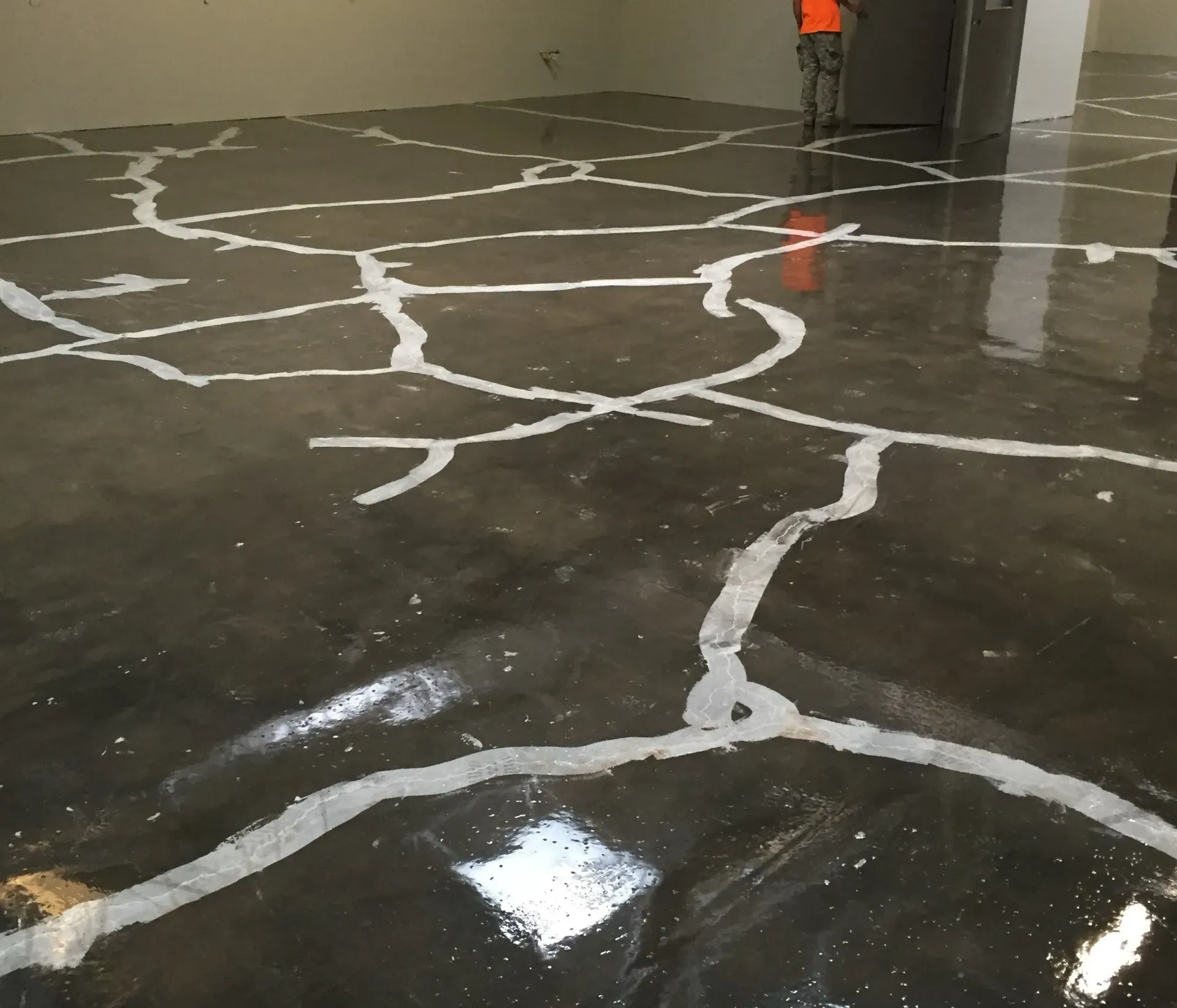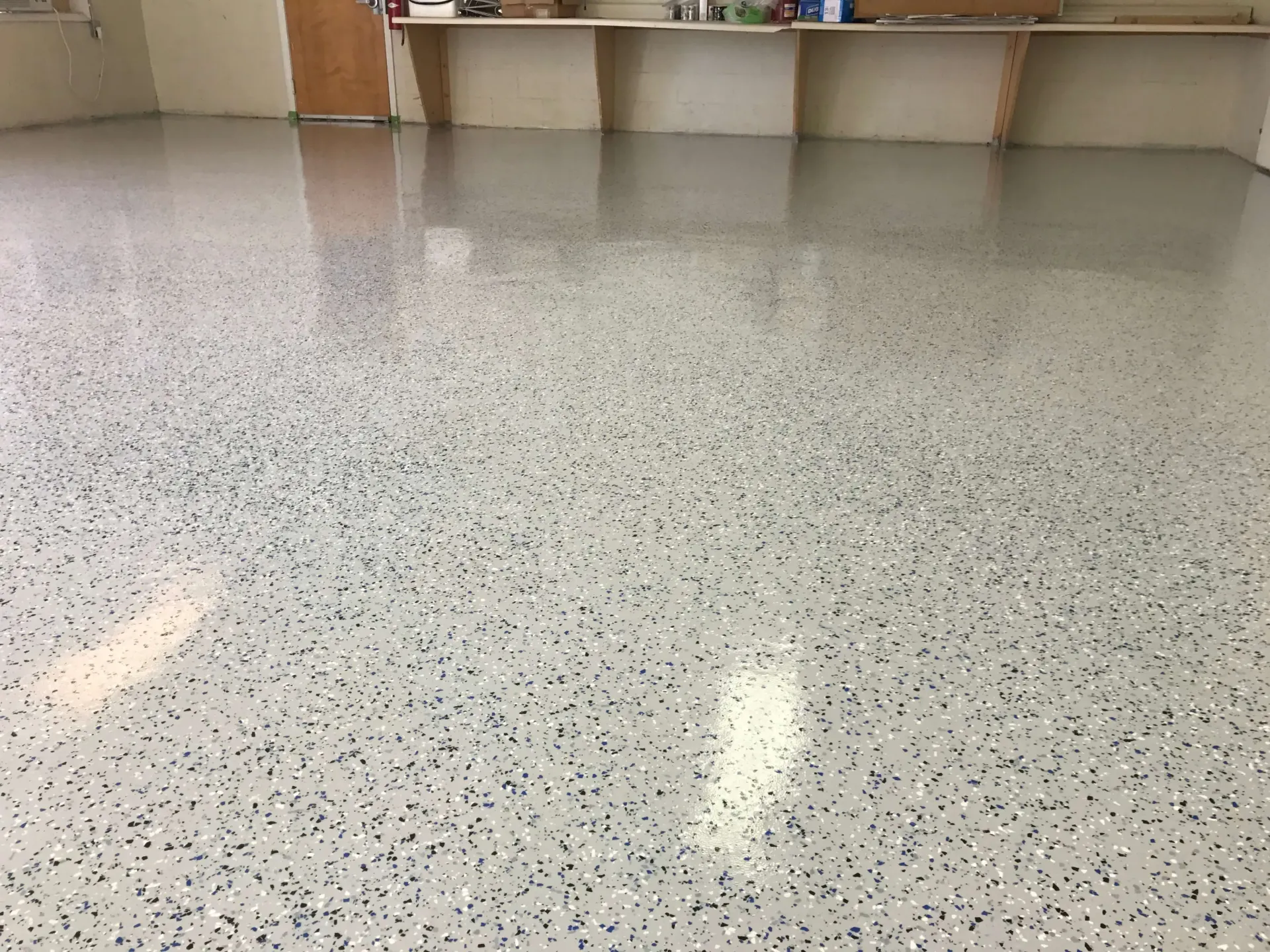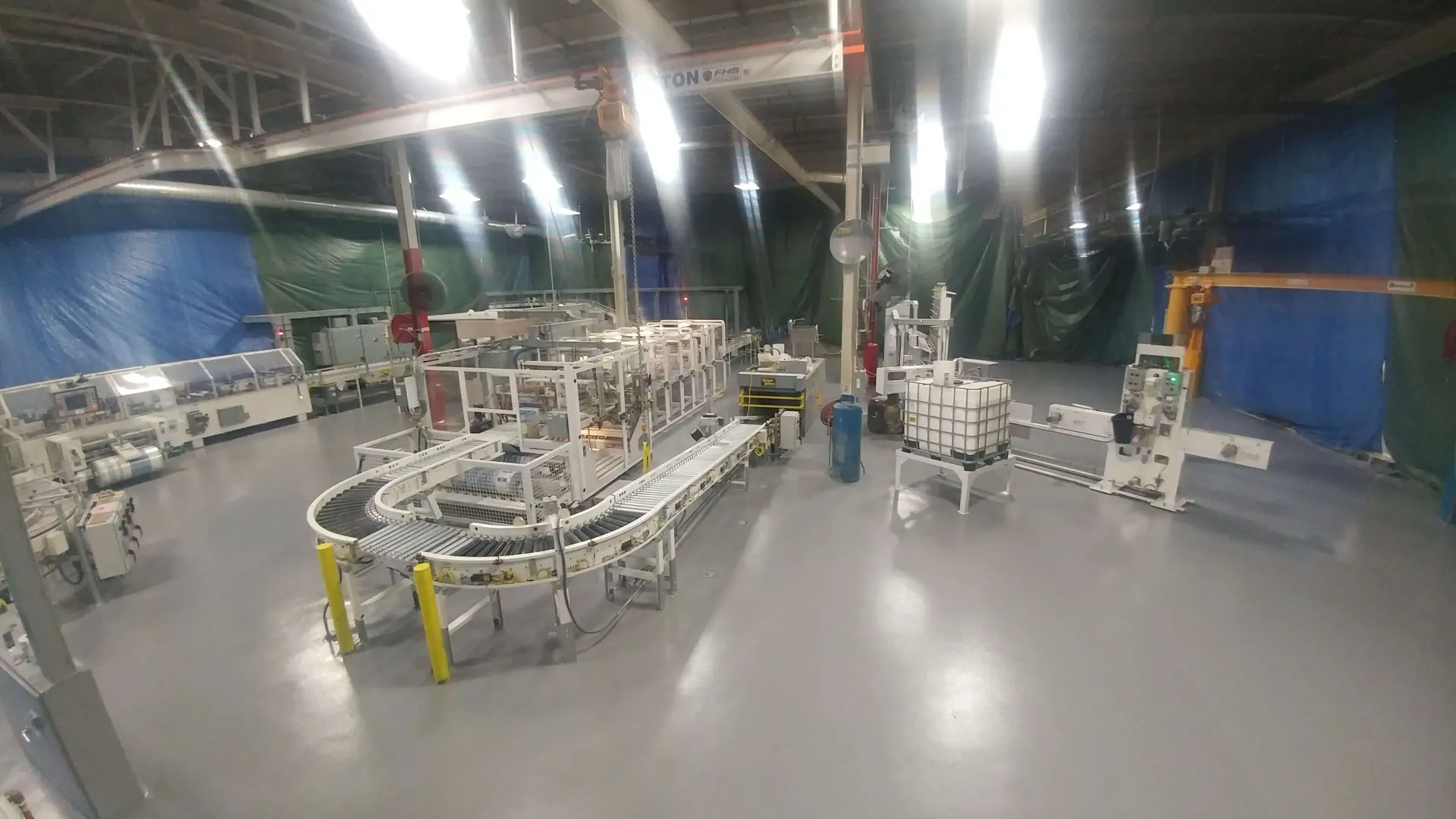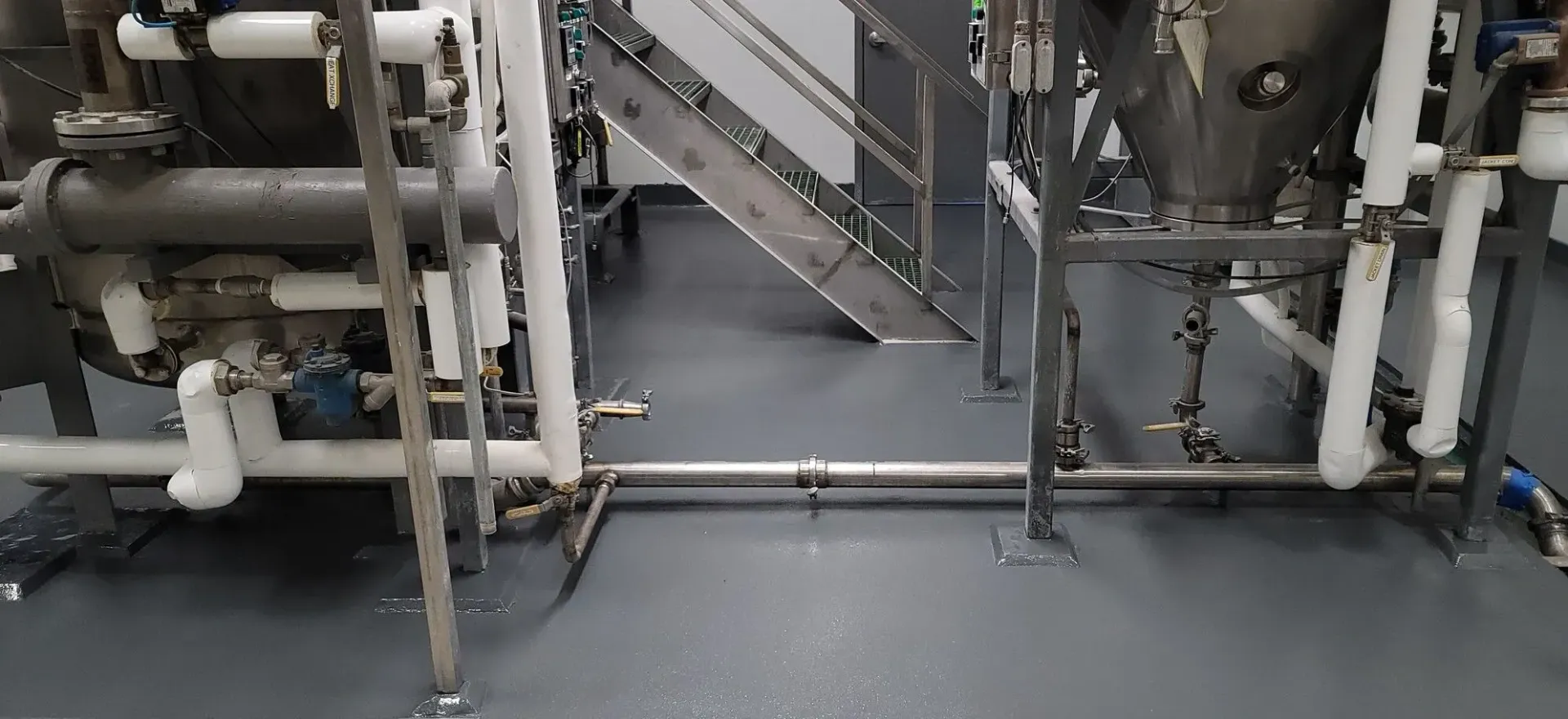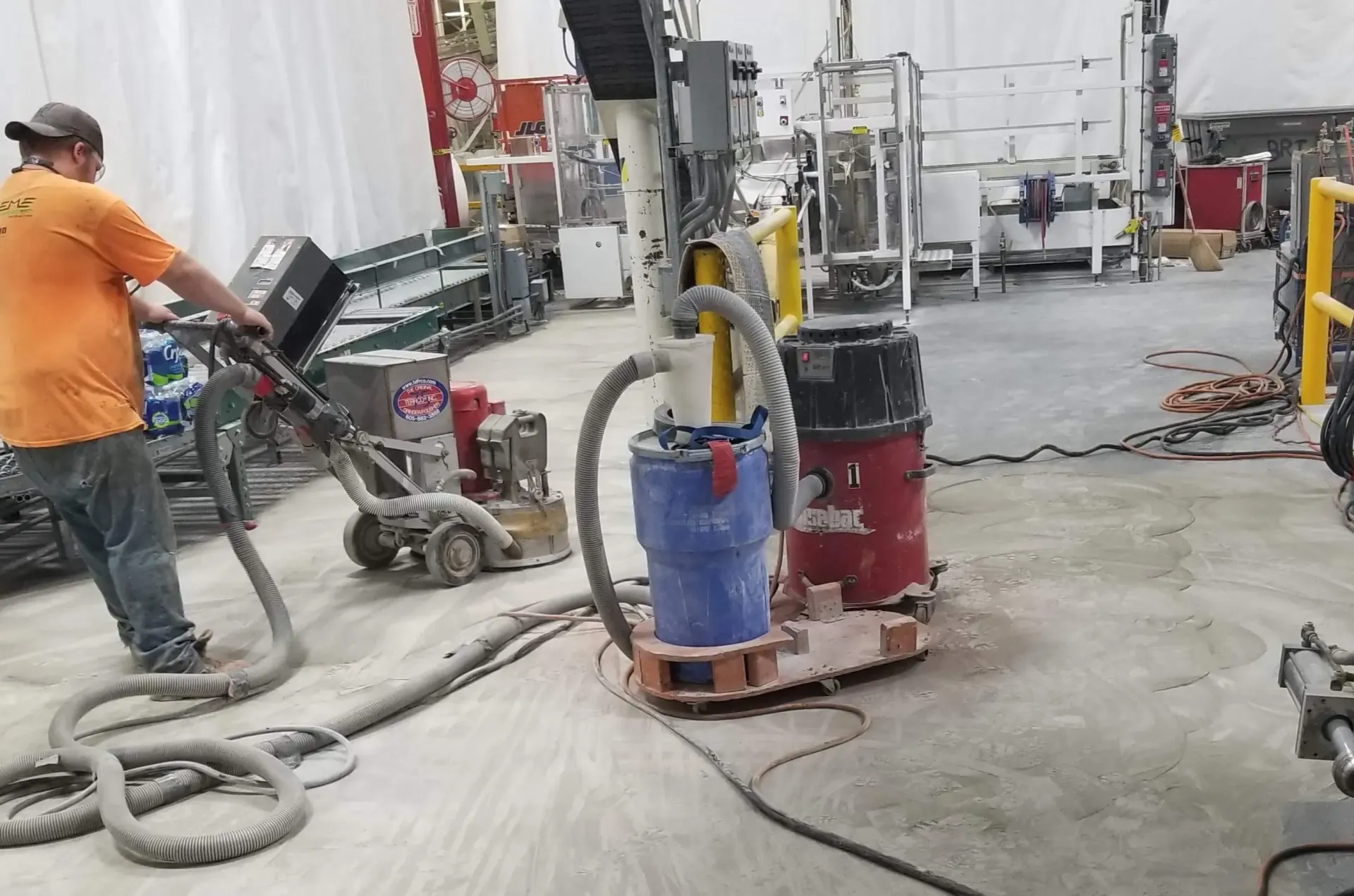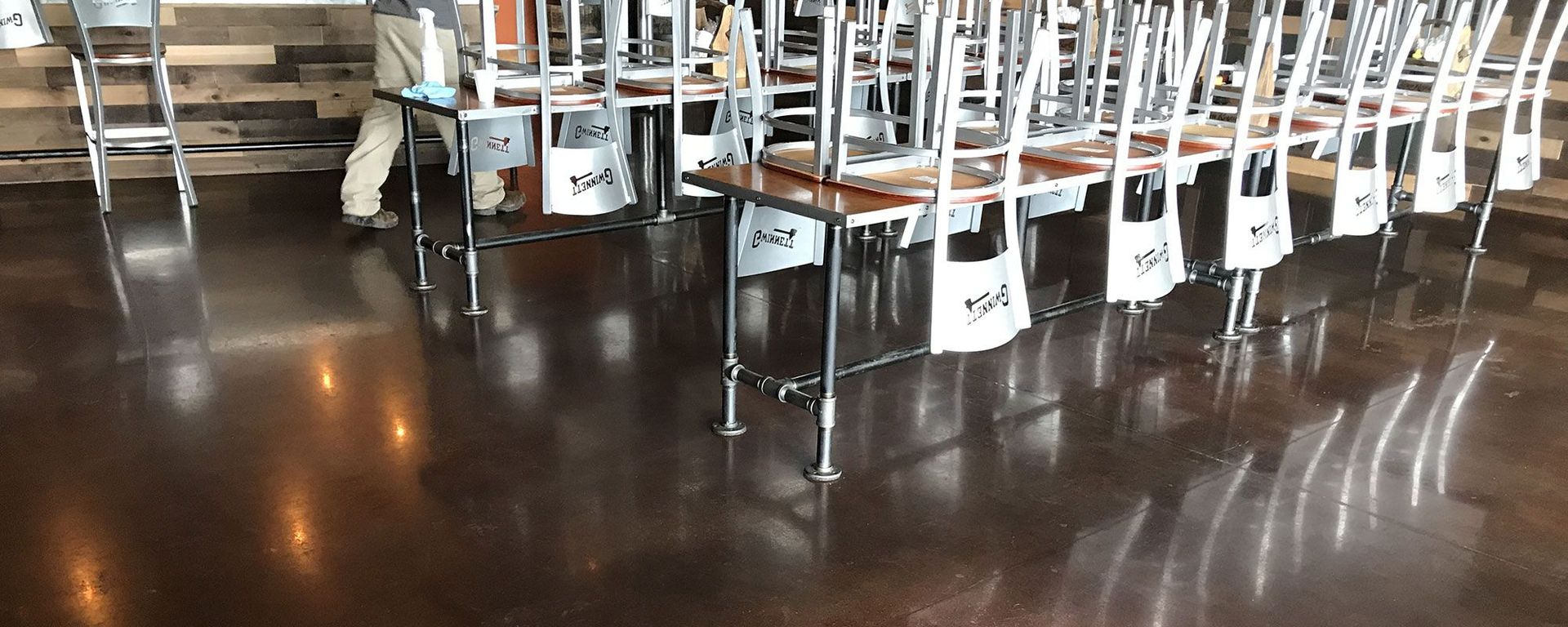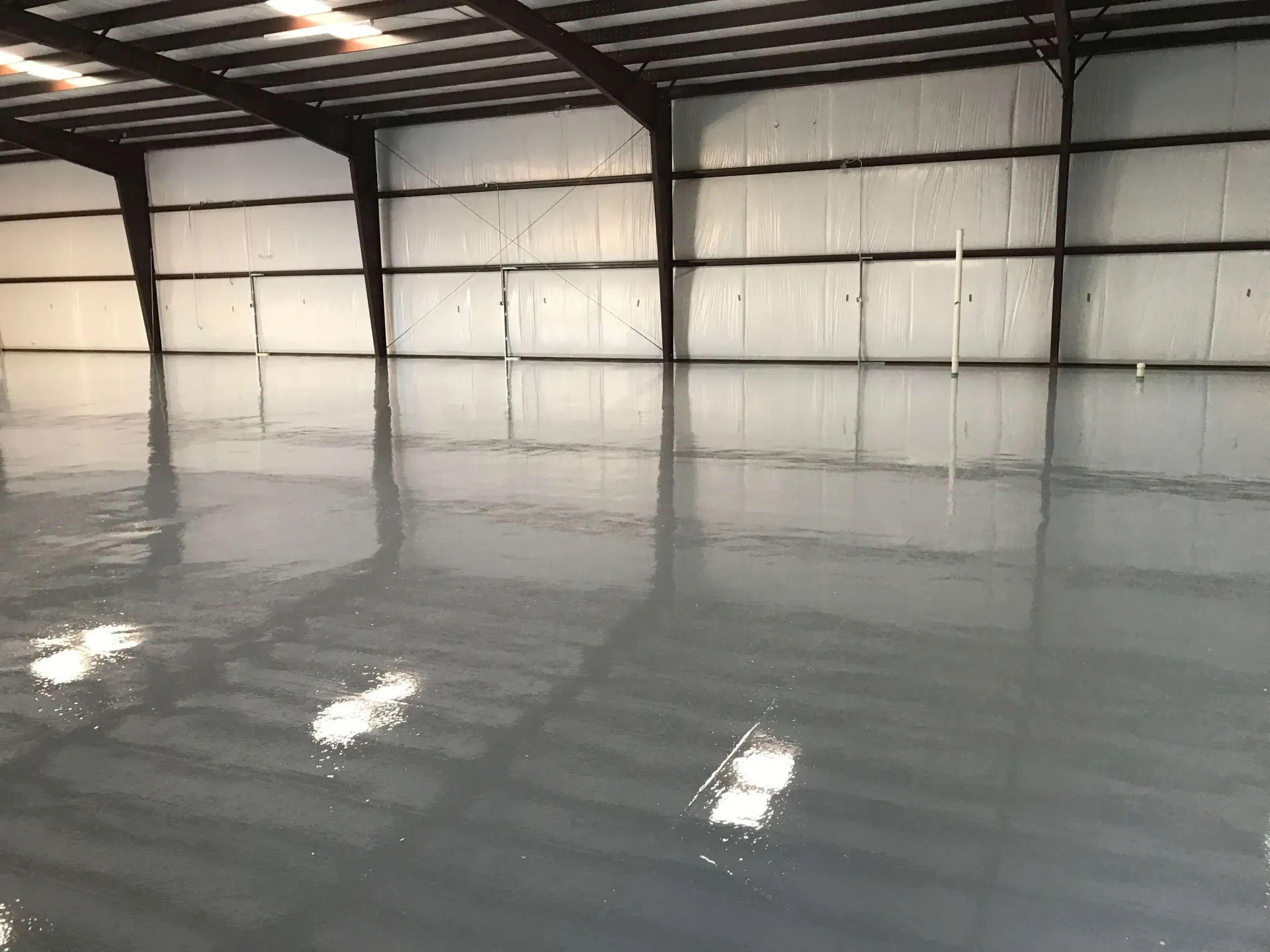Commercial Flooring Guide for Healthcare Facilities
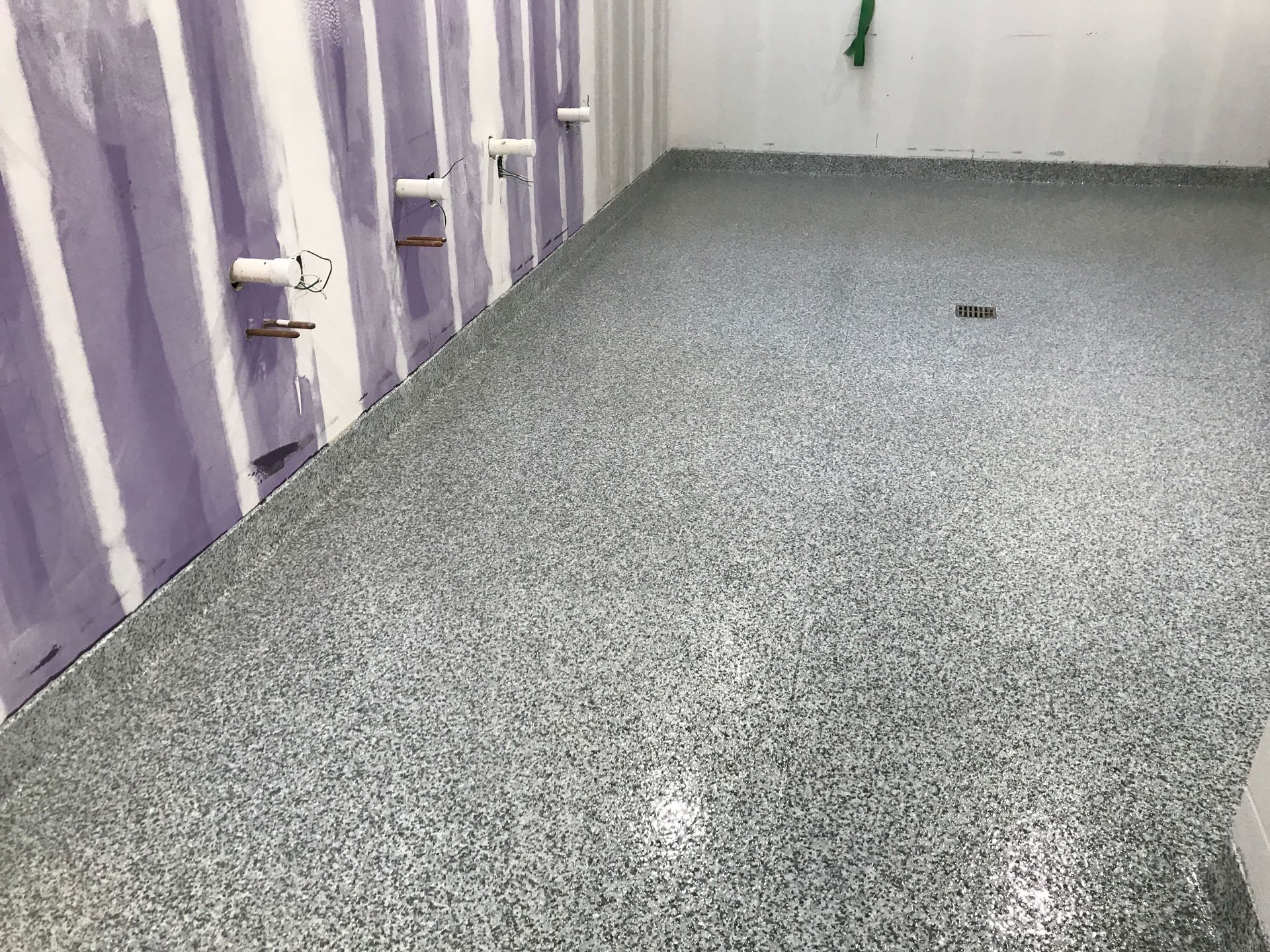
acility has unique demands that range from managing infection control to handling high traffic, and not every flooring type is designed to meet these challenges. Commercial flooring options such as epoxy, urethane, and polished concrete are purpose-built to address these specific needs, making them the ideal choice for healthcare environments. But why are these flooring types the best fit, and how do they solve common pain points in the industry? Let's break it down.
What Makes Resinous Flooring Ideal for Healthcare?
Healthcare facilities like hospitals, clinics, and labs require flooring that goes beyond aesthetics. These spaces demand hygienic, durable, and cost-effective solutions that promote a safe and efficient environment. Here are a few critical factors and how commercial flooring meets the mark:
1. Hygiene and Infection Control
The fight against infection starts at the ground level, quite literally. Healthcare settings must maintain strict hygiene to prevent the spread of germs and bacteria.
Epoxy and Urethane Flooring: Both offer seamless, non-porous surfaces that don’t trap dirt, bacteria, or liquids. These floors are easy to sanitize neutral PH cleaning solutions, making them a favorite (and one of the most dependable long-term solutions) in operating rooms, clean rooms, labs, and patient areas.
Problem Solved: These options reduce the risk of infections, making it easier to comply with health regulations.
2. Durability and Longevity
Healthcare facilities operate 24/7, with heavy foot traffic, rolling equipment, and frequent cleaning cycles. Floors must be tough enough to withstand all this wear without showing visible damage.
Epoxy Flooring: Known for its incredible strength, epoxy is highly resistant to wear and tear from foot traffic, wheelchairs, and medical equipment. It performs well in emergency rooms and high-traffic corridors.
Urethane Flooring: Urethane shares similar durability with epoxy but adds resistance to temperature fluctuations and chemicals, perfect for areas like kitchens or laboratories.
Pro Tip: To extend the life of your flooring, collaborate with an experienced contractor who prioritizes proper surface preparation and installation techniques. It all starts with the right foundation!
3. Safety First
Slip resistance and safe navigation are critical in environments where patient and staff safety are a top priority.
Epoxy and Urethane with Textured Finishes: You can customize anti-slip additives. Add slip-resistant coatings or textures to epoxy floors, making them ideal for areas prone to spills and wet areas like entrances or restrooms.
Did You Know? Slip-resistant flooring can reduce workplace injuries and protect your facility from costly liability claims.
4. Cost-Effectiveness
Healthcare budgets often need to stretch far, and the flooring has to provide value over time without frequent repairs or replacement.
Epoxy and Urethane: Their exceptional durability, seamless hygiene, and minimal maintenance make them cost-effective in the long run. The non-porous, chemical-resistant surfaces reduce the need for frequent deep cleaning, repairs, or replacements, which lowers long-term operational costs. While the initial investment may be higher, their extended lifespan and reduced downtime result in significant savings over time..
Problem Solved: By choosing durable, low-maintenance materials, you can avoid the hidden costs of frequent repairs and replacements.
Comparative Evaluation of Popular Flooring Choices
Here’s a side-by-side look at how epoxy, urethane, and polished concrete stack up for healthcare facilities:
| Flooring Type | Key Strengths | Best Use Cases |
|---|---|---|
| Epoxy Flooring | Seamless, durable, customizable finishes | Patient Rooms, Hallways, Admin/ Waiting Areas |
| Urethane Flooring | Chemical and temperature resistant, hygienic | Laboratories, Sterilization, Kitchens, High-Moisture Zones |
Tackling Common Healthcare Flooring Pain Points
1. Frequent Cleaning Needs
Solution: Choose seamless surfaces like epoxy or urethane to make routine cleaning faster and more effective.
2. Premature Wear and Surface Damage
Solution: Choose seamless surfaces like epoxy or urethane to withstand constant foot traffic, rolling loads (beds, carts, wheelchairs), and harsh cleaning protocols to avoid cracking, delamination, or surface wear.
3. Budget Constraints
Solution: Weigh long-term benefits over upfront costs. Seamless surfaces like epoxy or urethane reduce the need for frequent deep cleaning, repairs, or replacements, which lowers long-term operational costs and avoid interrupting critical operations.
Why Extreme IFC Is the Perfect Partner
When it comes to flooring. Allow our expertise to guide you through the perfect choice for your facility, providing a seamless installation that meets both your functional and budgetary needs.
Do it Right the First Time: From precise surface preparation to final installation, our team delivers unmatched quality, making sure your floors perform flawlessly for years to come.
Contact us today to schedule a free consultation and discover how our durable, safe, cost-effective epoxy and urethane flooring systems can make your healthcare facility more efficient, safer, and healthier.
Frequently Asked Questions:
What type of commercial flooring is best for areas with high foot traffic in healthcare facilities?
Epoxy / Urethane flooring is often the best choice for high-foot-traffic areas like hallways and emergency rooms. Its durability and seamless design withstand heavy use while maintaining a clean and safe surface. Fully customizable, epoxy and urethane flooring allow for tailoring to meet specific functional, safety, and design needs across different areas of a facility.
Can Epoxy and/or Urethane flooring be installed in active healthcare facilities?
Epoxy and urethane flooring systems offer a high-performance, low-VOC solution ideal for active healthcare environments. With fast cure times, these systems can be installed in phases, ensuring critical areas remain operational with minimal disruption. Their durability, ease of maintenance, and ability to maintain air quality make them the perfect choice for facilities seeking functional flooring solutions that support both patient care and operational efficiency.

